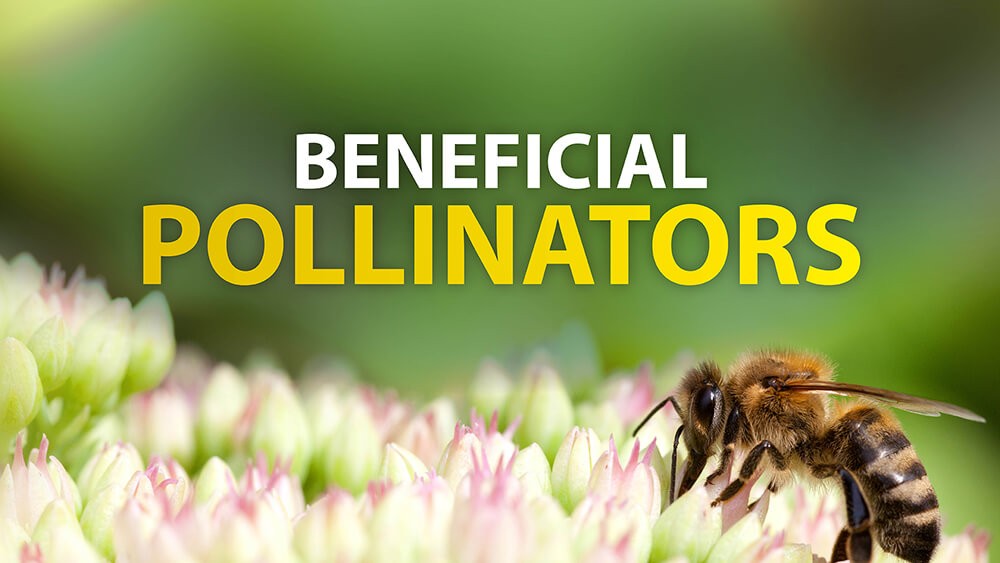Growing your own ‘Bee Garden’ will not only benefit your plants but will also benefit everyone around you! Did you know that every one in three bites of food was brought to you by a pollinator?
Bees bring pollen from one plant to the other to help give you a beautiful bloom or a tasty treat in your vegetable garden.
Mapping out your bee garden is essential when trying to keep these critters happy and coming back for more! Just like us, bees need water! They feed on the nectar provided by the plants but also need to quench their thirst afterwards. Small puddles of water or even a dish of water around your garden can help them stay hydrated!
When it comes to the plants you choose, you have to think like a bee! Bees are attracted to purple, blue, and yellow. It is easier for bees to grab pollen and nectar from single flowers rather than the new double varieties. Also opt for a classic rather than the new even though the extra layer of petals is beautiful!
Always avoid using chemical pesticides. You don’t want to accidentally poison your bee buddies. Bees will still feed off of plants that have had pesticides on them. We have an article all about biological insect control which is a great alternative to chemicals.
There are a variety of plants that bees love! Some give nectar, some give pollen, and others are a combination of both. It is always good to have a wide variety as bees enjoy checking out more than one variety of plant (plus the more plants = more pollen = more cross-pollination in your garden).
Edible plants for you that have nectar would include sage, lavender, borage, oregano, spearmint, thyme, verbena, and basil! While pollen producing edible plants would include tomatoes and the combination of nectar and pollen producers include pumpkins, echinacea, squash and zucchini! You can have a feast for yourself and a feast for the bees!
Ornamental nectar producing plants include barberry, bee balm, salvia, geraniums, wisteria and lambs ear. Pollen producing ornamental plants include bush anemone and yarrow while the combination plants include bidens, black eyed susan, calendula and cosmos.
Save the bees and have a beautiful garden all at once!
Did you enjoy this article? If so, go ahead and join our
NEWSLETTER COMMUNITY

Why join our newsletter community?
-
Latest tips and tricks on gardening
-
Monthly articles
-
scottsnursery.tv latest episodes
-
Gift card giveaways

JOIN TODAY! ENJOY YOUR MONTHLY BENEFITS OF OUR NEWSLETTER.



Recent Comments